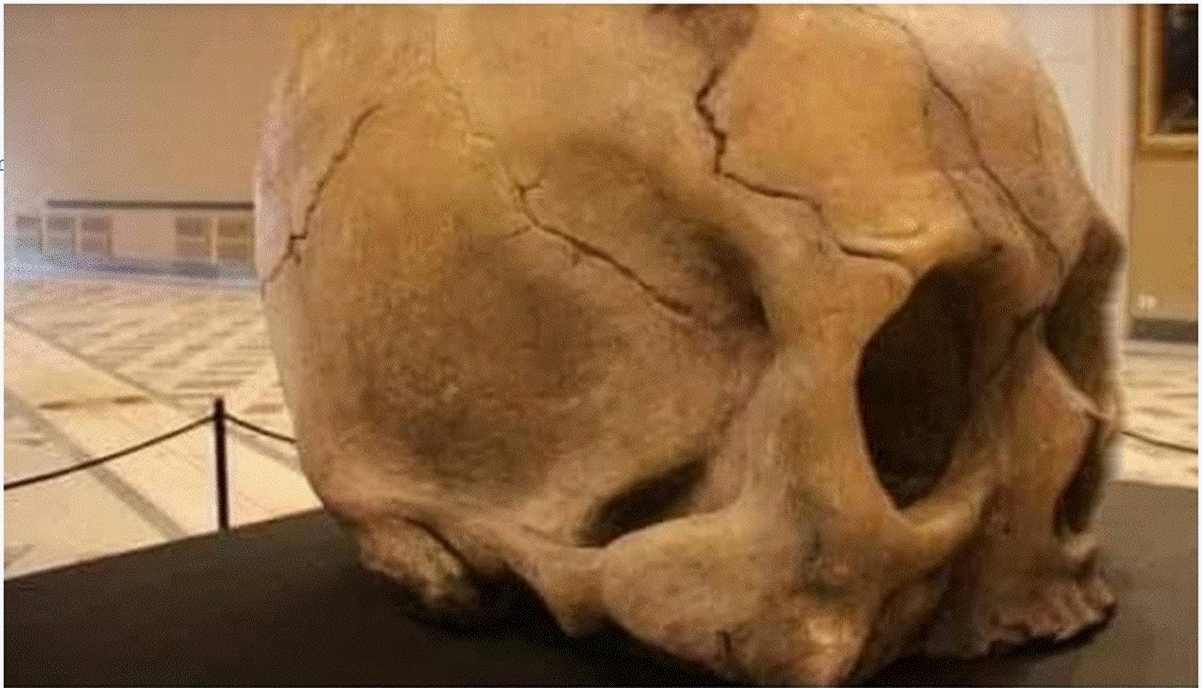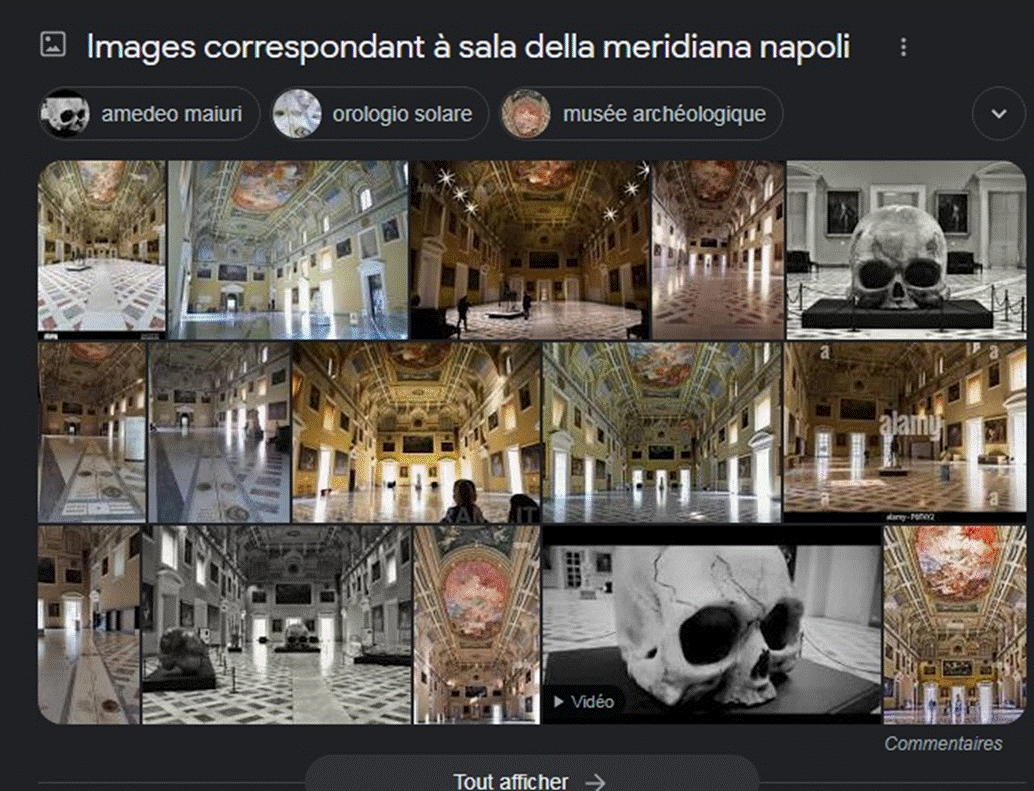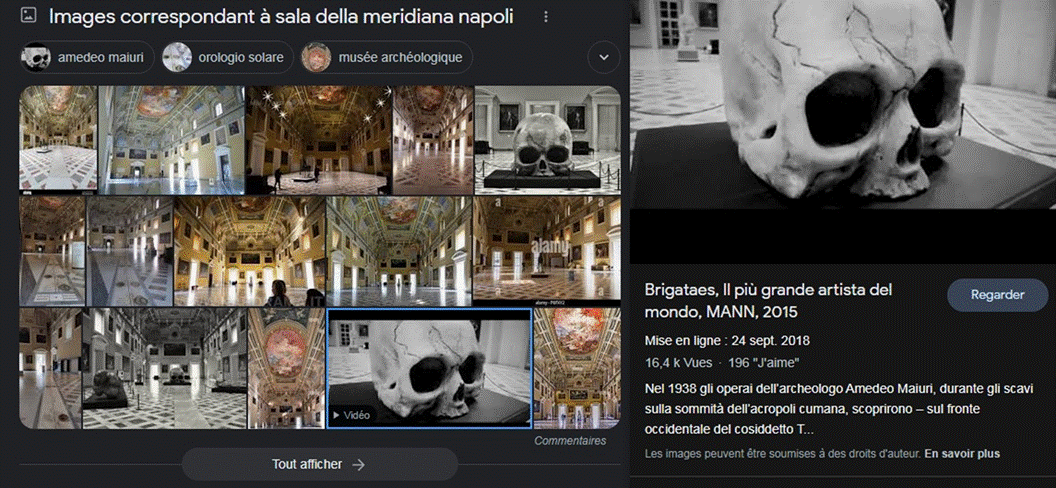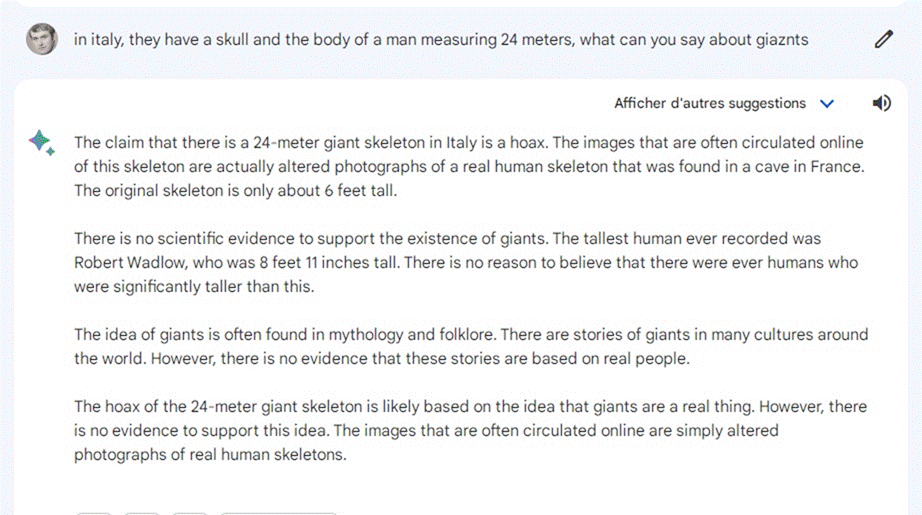






21 March 2022 Cesare Valocchia 0 Comments
The hidden history
| https://fr.wikipedia.org/wiki/Palais_de_Caserte | ||||||||||||||||||||||
| tadewanclik. | 
|
|||||||||||||||||||||
| fr,vans | ||||||||||||||||||||||
| index.htm | ||||||||||||||||||||||
| ursprung | ||||||||||||||||||||||
| wenzelik | ||||||||||||||||||||||
| vencelik | ||||||||||||||||||||||
| przemyslides | ||||||||||||||||||||||
| piastowie | ||||||||||||||||||||||
| jagielonowie | ||||||||||||||||||||||
| luxemburgowie | ||||||||||||||||||||||
| moravia | ||||||||||||||||||||||
| wanclik | ||||||||||||||||||||||
| malec-osiek | ||||||||||||||||||||||
| vrchovist | ||||||||||||||||||||||
| waza | ||||||||||||||||||||||
| vencelikove | ||||||||||||||||||||||
| rakoczy | ||||||||||||||||||||||
| krolestwo-lechii | ||||||||||||||||||||||
| vchrovist | ||||||||||||||||||||||
| zirownice | ||||||||||||||||||||||
| trest | ||||||||||||||||||||||
| smiszek | ||||||||||||||||||||||
| plus | ||||||||||||||||||||||
| hradek | ||||||||||||||||||||||
| libeniczti | ||||||||||||||||||||||
| leibniz | ||||||||||||||||||||||
| nobility | ||||||||||||||||||||||
| wanc- | ||||||||||||||||||||||
| historia | ||||||||||||||||||||||
| wanda | ||||||||||||||||||||||
| monnaies | ||||||||||||||||||||||
| czeska szlachta | ||||||||||||||||||||||
| venclik z chrovist | ||||||||||||||||||||||
| hussites | ||||||||||||||||||||||
| bila hora | ||||||||||||||||||||||
| bakalarzska | 
|
|||||||||||||||||||||
| jihoczeska | ||||||||||||||||||||||
| protestantisme | ||||||||||||||||||||||
| reforme | ||||||||||||||||||||||
| christophori | ||||||||||||||||||||||
| christophori | ||||||||||||||||||||||
| infos | ||||||||||||||||||||||
| clausel | ||||||||||||||||||||||
| rakoczy-2 | ||||||||||||||||||||||
| saint germain | ||||||||||||||||||||||
| rakoczy 1 | ||||||||||||||||||||||
| rakoczy3 | ||||||||||||||||||||||
| lubomirski | ||||||||||||||||||||||
| czartoryski | ||||||||||||||||||||||
| 23andme | ||||||||||||||||||||||
| venter | ||||||||||||||||||||||
| wittelsbach | ||||||||||||||||||||||
| ssd-adn | ||||||||||||||||||||||
| korycinski | ||||||||||||||||||||||
| saint germain | ||||||||||||||||||||||
| chiappini | ||||||||||||||||||||||
| tellechea | ||||||||||||||||||||||
| rodrigues | ||||||||||||||||||||||
| de souza | ||||||||||||||||||||||
| da cunha | ||||||||||||||||||||||
| nicastro | ||||||||||||||||||||||
| hayez | ||||||||||||||||||||||
| delacour | ||||||||||||||||||||||
| cvanclik | ||||||||||||||||||||||
| svanclik | ||||||||||||||||||||||
| fvanclik | ||||||||||||||||||||||
| rvanclik | ||||||||||||||||||||||
| wanc | ||||||||||||||||||||||
| fr,vans | ||||||||||||||||||||||
| fr,vance | ||||||||||||||||||||||
| faustine | ||||||||||||||||||||||
| rubens | ||||||||||||||||||||||
| luigi | ||||||||||||||||||||||
| adrien | ||||||||||||||||||||||
| raphael | ||||||||||||||||||||||
| otavio | ||||||||||||||||||||||
| wanc.free.fr/ | ||||||||||||||||||||||

|
||||||||||||||||||||||
| https://www.google.com/search?client=opera&q=sala+della+meridiana+napoli&sourceid=opera&ie=UTF-8&oe=U | ||||||||||||||||||||||

|
||||||||||||||||||||||

|
||||||||||||||||||||||
| https://www.pompeionline.net/vicino-pompei/napoli/museo-archeologico-di-napoli/mann-salone-della-meridiana | ||||||||||||||||||||||
| https://storienapoli.it/2020/09/30/linea-meridiana-museo-nazionale/ | ||||||||||||||||||||||
| https://orfe.it/restauro/museo-archeologico-nazionale-di-napoli-gran-salone-della-meridiana/ | ||||||||||||||||||||||
| https://www.youtube.com/watch?v=bHUkCCep_Bw | ||||||||||||||||||||||
| https://www.dite-aisre.it/perche-conta-la-cultura-innovazione-e-partnerships-nelle-mostre-del-museo-archeologico-nazio | ||||||||||||||||||||||
| https://www.youtube.com/watch?v=NjKOuFhg1Go | restos mortais | |||||||||||||||||||||
| https://www.youtube.com/watch?v=emHymdwLths | china construit une nouvelle ile dans la mer | |||||||||||||||||||||
| https://www.youtube.com/watch?v=YkVwzFRdPbU | desert reservoir in desert | |||||||||||||||||||||
| https://marsemfim.com.br/enigma-da-era-viking-pode-estar-no-fim/ | ||||||||||||||||||||||
| https://fr.wikipedia.org/wiki/Maximilien_de_Robespierre | ||||||||||||||||||||||
| https://fr.wikipedia.org/wiki/Augustin_de_Robespierre | ||||||||||||||||||||||
| https://www.youtube.com/watch?v=UsCodCilZWs | spinoza | origine des religions | https://www.youtube.com/watch?v=kb_fhLt7kls&t=753s | |||||||||||||||||||
| https://www.youtube.com/watch?v=ZJKr-vJt3NE&t=1324s | leibniz | le mal n existe pas | https://www.youtube.com/watch?v=8--JurujG3M | |||||||||||||||||||
| https://www.youtube.com/watch?v=09BYJVF6OHk | ||||||||||||||||||||||
| https://www.youtube.com/watch?v=3g_cgetxSns | 500 MILLIARD ILE ARTIFIELLE EN MER DE CHINE | |||||||||||||||||||||
| https://www.youtube.com/watch?v=3yqNT7zFI1s | elon musk fils de leader canadien | |||||||||||||||||||||

|
||||||||||||||||||||||

|
||||||||||||||||||||||
| https://en.wikipedia.org/wiki/Giant_human_skeletons | ||||||||||||||||||||||
| https://www.nationalgeographic.com/history/article/skeleton-giant-photo-hoax | ||||||||||||||||||||||
| https://www.myuforesearch.it/language/en/the-skeleton-of-a-giant-about-24-meters-high-was-discovered-in-n | ||||||||||||||||||||||
| The skeleton of a giant about 24 meters high was discovered in Naples-Italy,in 1938. | ||||||||||||||||||||||
|
21 March 2022 Cesare Valocchia 0 Comments
|
||||||||||||||||||||||
|
The hidden history |
||||||||||||||||||||||
| For those who have not read my other post on this rediscovered giant, here is the link to the article. | ||||||||||||||||||||||
| One of the most significant archaeologists of the twentieth century was Amedeo Maiuri (1886-1963), whose name unfortunately today does not say anything to most (as indeed that of Giacomo Boni), despite the fact that he was responsible for the archaeological campaigns in the Dodecanese and above all the direction of the ten-year excavations in Pompeii, Herculaneum, Cuma, Capri and Campi Flegrei. | ||||||||||||||||||||||
| Now we discover a very particular, unknown and mysterious moment of his activity with the exhibition “The greatest artist in the world at the National Archaeological Museum of Naples” where hitherto unknown finds, photographs and documents were presented, found by the Brigataes Association by pure chance. in the archives of the Museum. | ||||||||||||||||||||||
| What is it about? | ||||||||||||||||||||||
| In 1938, during the excavations conducted by Maiuri at the top of the acropolis of Cumae, something unexpected and shocking was found near the temple of Jupiter: gigantic bone fragments which, due to their size, could suggest that they belonged to a skeleton at least 24 meters tall having lived 40 thousand years ago (i.e. at the time of the transition from Homo Neandhertalensis to Homo Sapiens). | ||||||||||||||||||||||
| The German archaeologists Ralph von Koenigswald (1902-1982) joined the Italian archaeologists, for years in search of further evidence to identify Giganthopitecus (the definition is his) since in 1935 he had found enormous molars in Hong Kong. | ||||||||||||||||||||||
| When the excavations also revealed “a fraction of a stone slab with traces of rock painting that revealed an unknown symbolic form”, the German paleontologist immediately defined that skeleton as “the greatest artist in the world”. | ||||||||||||||||||||||
| All this material should have been part of an exhibition to be inaugurated in 1939, but the outbreak of the war prevented its creation and so bones, photos and documents ended up in the warehouses of the Neapolitan Archaeological Museum and no one thought about it anymore. | ||||||||||||||||||||||
| Until today’s fortunate and exceptional discovery due, as mentioned to the members of the Brigataes, the acronym of “aesthetic production” to which many urban interventions, installations and videos are already owed. | ||||||||||||||||||||||
| Visitors will find in the “Sala della Meridiana”of the Neapolitan museum the finds extracted from the ground of the acropolis (a skull, a femur, a hand), photographs, a five-minute film of the Istituto Luce, documents of the time, but also other artifacts lithics found on the spot and the catalog of the exhibition itself with critical texts published at the Scientific Editorial. | ||||||||||||||||||||||
| You have come to the end of this article. | ||||||||||||||||||||||
| Please note: The information will disappoint you, but this giant is not as real as those found in Sardinia or other areas of the planet. It is an artistic work in polystyrene. | ||||||||||||||||||||||
| I understand that you are surprised. | ||||||||||||||||||||||
| All this is intended to be a personal study of sectorial marketing to evaluate the approach of a specific audience, divided by average knowledge in the veracity of some issues, age, country of connection, sex and other variables in impacting some news and to what extent this audience of at first glance, believes that information that differs from which one is accustomed to believe is truthful. | ||||||||||||||||||||||
| https://www.myuforesearch.it/language/en/the-palermo-stone-an-account-of-ancient-astronauts/ | ||||||||||||||||||||||
| https://fr.wikipedia.org/wiki/Gigantopith%C3%A8que | ||||||||||||||||||||||
| Gigantopithecus (du grec γίγας gigas « géant », et πίθηκος pithekos « singe ») est un genre éteint de singes appartenant à la sous-famille des ponginés. Il est attesté en Asie du Sud-Est à partir d'environ deux millions d'années et jusqu'à environ cent mille ans1 avant le présent. On a trouvé des fossiles en Chine, au Viêt Nam, et plus récemment en Indonésie2. Bien que les seuls fossiles connus de Gigantopithèque soient de nombreuses dents isolées et quelques mandibules, ils suggèrent que cette espèce est le plus grand singe connu qui ait jamais existé, avec une taille comprise entre deux et trois mètres, et une masse comprise entre 200 et 500 kg. | ||||||||||||||||||||||
| Historique[modifier | modifier le code] | ||||||||||||||||||||||
| Karl A. Haberer, naturaliste allemand qui vit en Chine entre 1899 et 1901, acquiert une quantité considérable de dents de dragon en visitant les réserves de pharmaciens locaux. Le paléontologue allemand Gustav von Koenigswald utilise la même technique pour découvrir dans des pharmacies chinoises de Hong Kong trois dents géantes de singe hominidé, presque deux fois plus grandes que celles d'un Gorille. Les apothicaires chinois ont en effet longtemps utilisé des ossements et dents fossiles réduits en poudre, auxquels on attribuait des vertus curatives sous le nom d'os et dents de dragon, dans le cadre de la pharmacopée chinoise traditionnelle3,(en) Noel Thomas Boaz, Russell L. Ciochon, Professor, Russell L Ciochon, Dragon Bone Hill. An Ice-Age Saga of Homo Erectus, Oxford University Press, 2004, p. 6-31. | ||||||||||||||||||||||
| Koenigswald crée dès 1935 pour ces dents l'espèce Gigantopithecus blacki, en hommage au médecin anatomiste canadien Davidson Black, décédé en 1934 au cours de ses recherches sur l'Homme de Pékin4. En 1955, on découvre la première mandibule relativement complète. En 1958, trois mandibules et plus de 1 300 dents isolées ont déjà été collectées. En 2014, des dents et une mandibule fossiles de Gigantopithecus blacki sont trouvées pour la première fois en Indonésie5,2. À ce jour, aucun crâne ni ossement fossile post-crânien n'ont cependant encore été découverts. | ||||||||||||||||||||||
| https://www.youtube.com/watch?v=4izN-NwrvgM | iran | |||||||||||||||||||||
| https://www.facebook.com/photo/?fbid=667019492128576&set=a.628632549300604 | rosette | |||||||||||||||||||||
| https://www.facebook.com/reel/251763327612326/?s=group_other&__cft__[0]=AZX-wOny3ZuyJj8Qmy-lZO7XLkCn | ||||||||||||||||||||||
| egypte | ||||||||||||||||||||||
| https://www.facebook.com/photo/?fbid=136269889401063&set=a.106396909055028&__cft__[0]=AZWC0iPVCMtdV | ||||||||||||||||||||||
| tesla | ||||||||||||||||||||||
| http://tadeusz.wanclik.free.fr/Moez-Mriga.htm | ||||||||||||||||||||||
| https://www.herodote.net/Cent_ans_apres_un_front_commun_contre_la_Russie-synthese-3328-130.php | ||||||||||||||||||||||